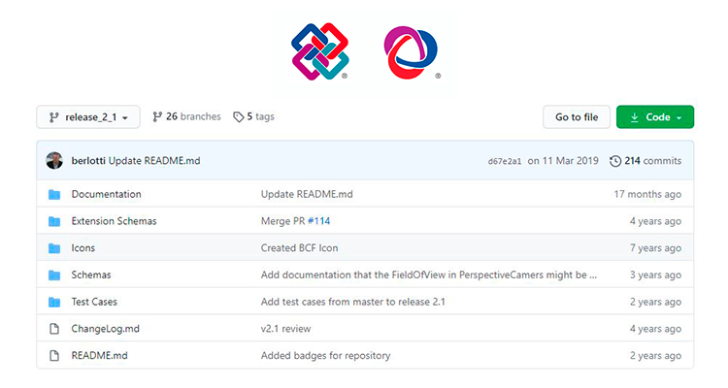The way we design, construct, operate and maintain buildings and structures has changed over the past decades. Nowadays we use virtual objects as representations of the reality. Virtual assets that we can control and use for multiple purposes. It has been a game-changer for real, but at the otherhand there is still people who act as they have been acting for so long. To change is hard and difficult, especially for those who think they’ve already completed the change, not knowing or denying there’s more to explore and more to embrace, like BCF.
How about your change?
You might use BCF and think you’ve done it all, but have you realy? Most people that know
BCF, talk about issues. Issues with the design. Results from a modelcheck. Issues to be resolved by someone that handles the Authoring Tool. Someone at the other end of the collaboration line. Issues with teammembers within some BIM-platform. But the traditional problem remains, confusing communication management with al sorts of different platforms and applications. How much time do you spend communicating with software applications that run seperate from BIM?
BCF Topic
I would say the BCF is better described as a Topic, not saying it’s an error or fault, like Issue is interpreted by many. It is an aid for communication witin the BIM-environment. That’s in most cases a project, building or other structure. There’s ways to capture BIM data within your communication and have direct lines with all sorts of actors and members. Most project related communication could be done within the BIM-environment, but it is the lack of interest and willingness for those actors to realy embrace the unambigious way of communicating with open data through BIM Collaboration Format.
BIM features
I can create text for any project or building participant and with any Description. I can also use a Title and give it a Priority or Status. With this text I can use any camera position within the virtual environment (where all the assets are). Those assets can be refered to as they can relate to this particular text, or just added as a nice visualization or picture. In fact, any picture would do, so this could just be any screenshot or image, as long as it is a png-file. This text with all sorts of extra BIM-features, can be exchanged through open data (API/ XML) and therefor with a lot of a different kind of BIM-tools, not just the one that you might prefer. This text in a container filled with BIM-features, as we could describe BCF, can not only be handled by any softwaretool but is also future-proof, as you could always build a tool yourself in thirty years, to still be able to consult the original BCF, just by reading the documentation (https://github.com/buildingSMART/BCF-XML). Text could also include a string like a document link to or within some platform. The image of your project, as a traditional drawing would help, but also the camera position to help find the right drawing. Maybe even multiple drawings as several camera positions could be added. Try to imagine how much of the day-to-day communication, could be done with BCF when dealing with projects or buildings.
Best Communication with Friends
Keep it simple, let’s not do multiple application communication management but try to keep our communication related to our project and within the BIM-environment. This could boost your machine learning capabilities and dashboard options, as we would shift all our project related or building related communication to the BIM Collaboration Format, of course with the help of your own (open)BIM-tool of preference. Please say goodbye to non-BIM-environmental communications that has always been used in the days before BIM. Say hello to communication within the BIM-environment and with the help of openBIM data. Let’s embrace Best Communication with Friends!

 Author: Mathijs Natrop, owner Solidu, BuildingSMART Benelux boardmember, Certified Professional with BIMsupporters and lecturer with Anno1809 and Zigurat.
Author: Mathijs Natrop, owner Solidu, BuildingSMART Benelux boardmember, Certified Professional with BIMsupporters and lecturer with Anno1809 and Zigurat.



 Author: Mathijs Natrop, owner Solidu, BuildingSMART Benelux boardmember, Certified Professional with BIMsupporters and lecturer with Anno1809 and Zigurat.
Author: Mathijs Natrop, owner Solidu, BuildingSMART Benelux boardmember, Certified Professional with BIMsupporters and lecturer with Anno1809 and Zigurat.
